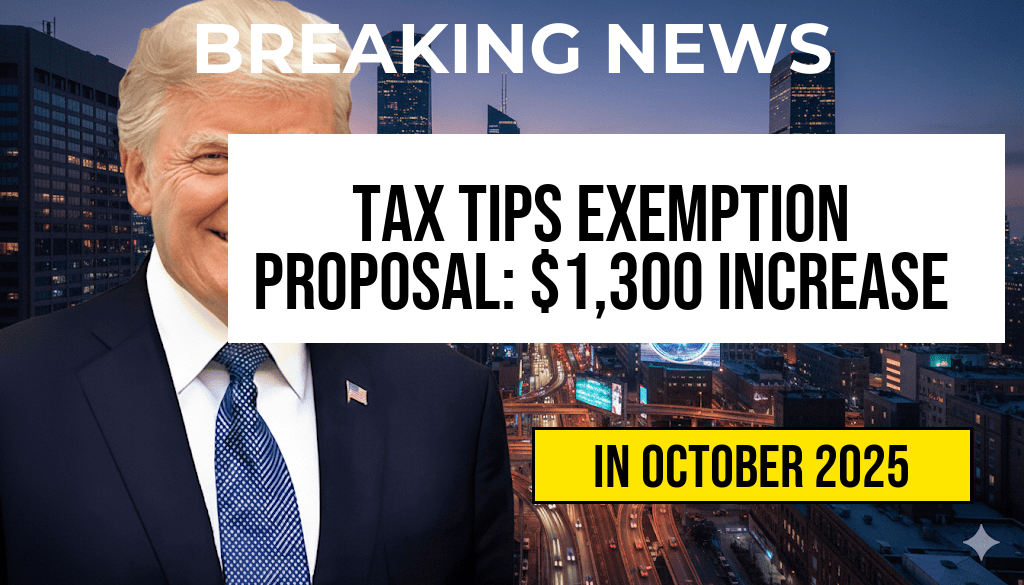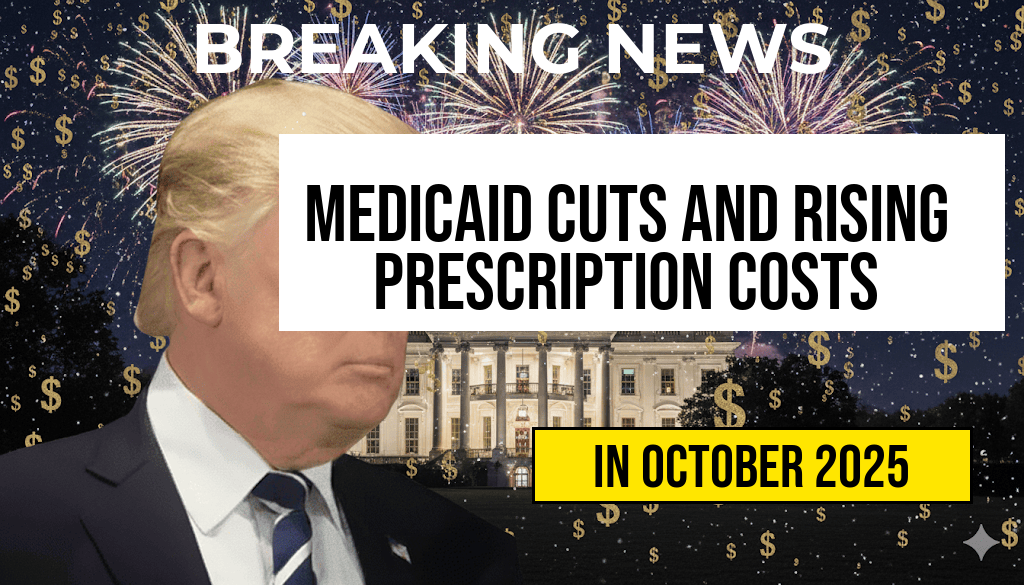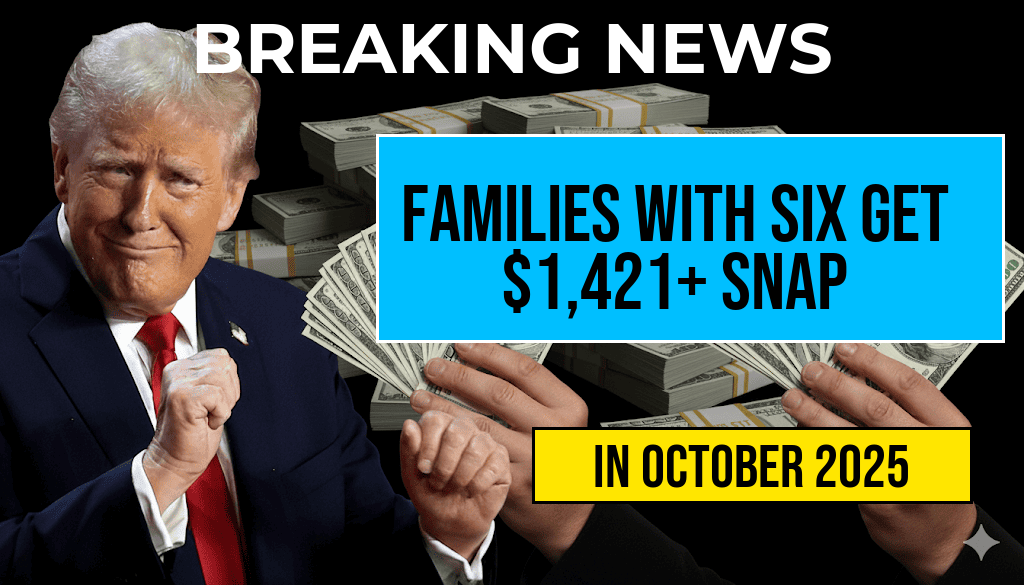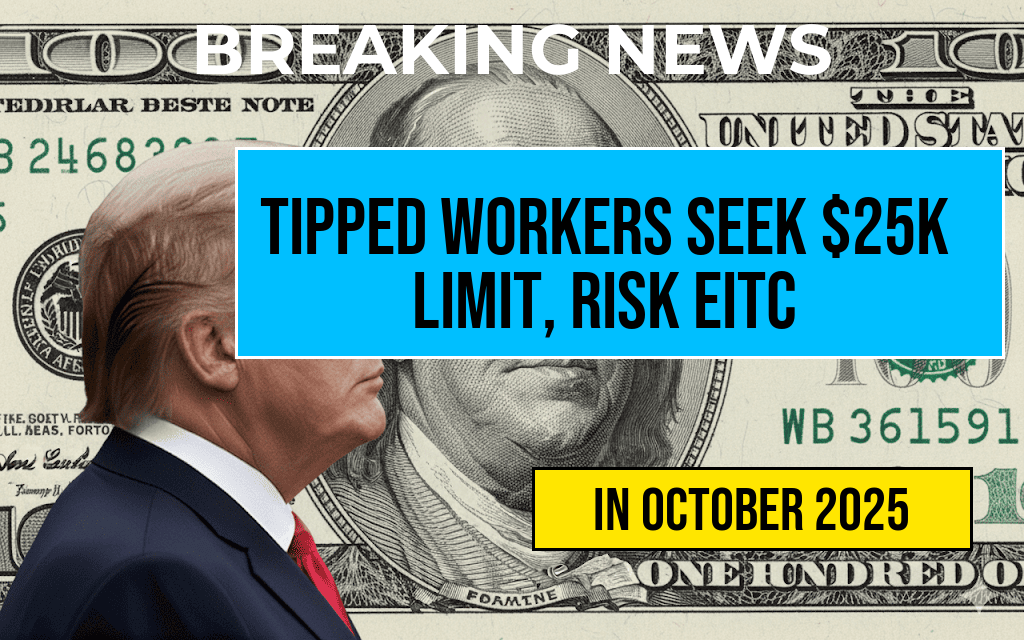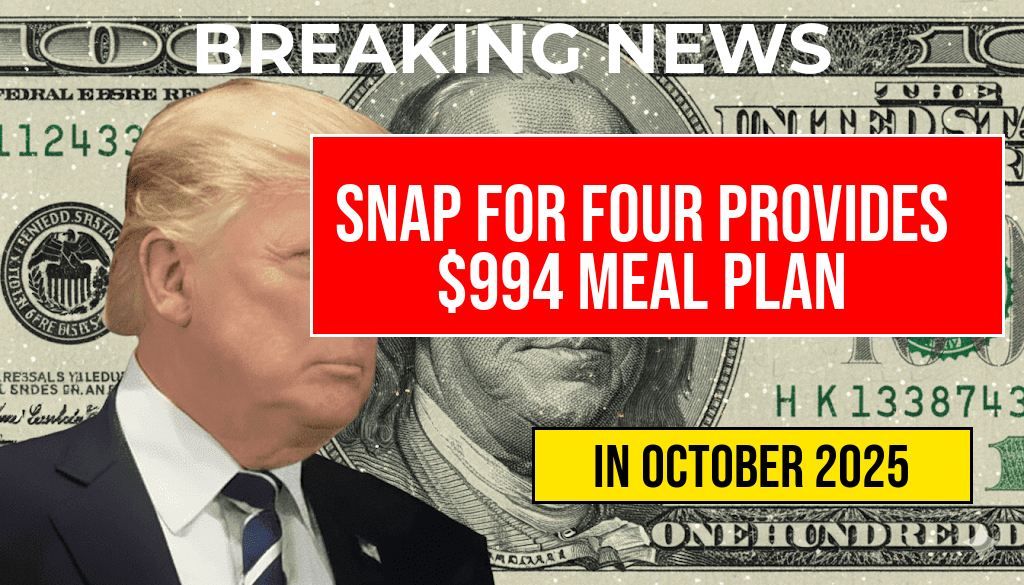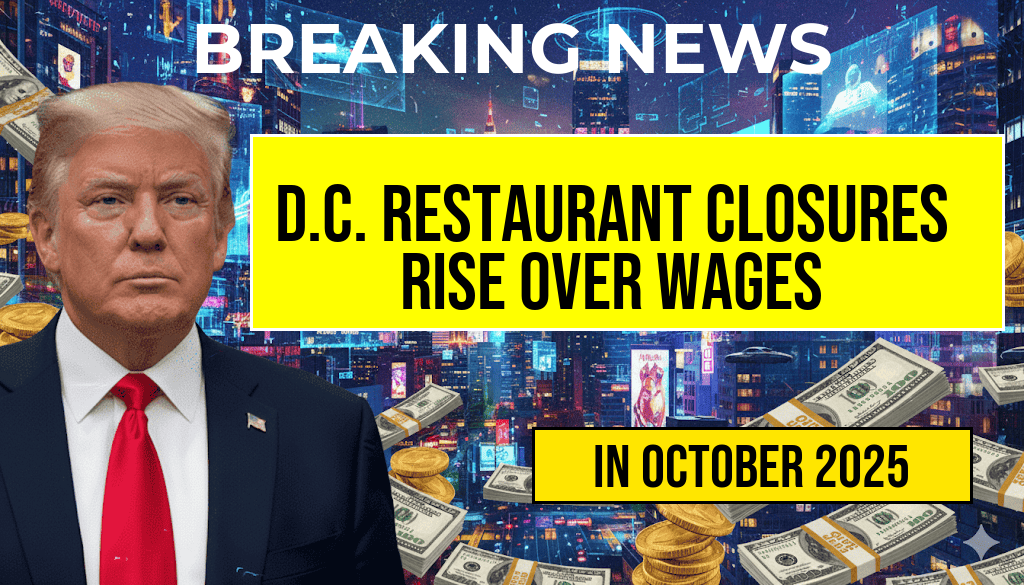Washington Post Reports $1 Trillion Medicaid Cuts and Rising Costs for a $300 Prescription
Recent reports from The Washington Post reveal a sweeping overhaul of federal healthcare spending, with projections indicating potential $1 trillion in Medicaid cuts over the next decade. The announcement has sparked concern among healthcare providers, policymakers, and patient advocacy groups, especially given the rising costs of essential medications such as a $300 prescription drug that remains out of reach for many Americans. These developments suggest a shifting landscape for public health coverage, with significant implications for vulnerable populations and the future of Medicaid expansion efforts.
Details of the Proposed Medicaid Reforms
Scope and Rationale Behind the Cuts
The federal government’s plan aims to reduce Medicaid spending by approximately $100 billion annually through a combination of policy changes, including tighter eligibility requirements and modifications to reimbursement rates. Officials argue that these measures are necessary to curb federal deficits and promote more efficient use of resources, but critics warn that they could jeopardize health coverage for millions of low-income Americans.
Impact on State Budgets and Healthcare Access
- State-level adjustments: States may face increased financial burdens, forcing them to make difficult decisions about Medicaid expansion and provider reimbursements.
- Coverage reductions: Potential reductions in benefits and eligibility could leave many vulnerable populations without access to essential healthcare services.
- Provider participation: Lower reimbursement rates might discourage providers from accepting Medicaid, further limiting access to care.
Rising Costs of Prescription Medications
Case Study: The $300 Prescription
Amidst the fiscal debates, the cost of prescription medications continues to climb, exemplified by a recent report detailing a $300 price tag for a commonly prescribed drug. This medication, vital for chronic conditions such as rheumatoid arthritis or certain cancers, remains prohibitively expensive for many Americans, especially those relying on Medicaid or Medicare coverage.
| Drug Name | Average Retail Price | Price with Insurance | Out-of-Pocket Cost |
|---|---|---|---|
| ExampleMed (generic) | $150 | $50 | $30 |
| PremiumMed (brand-name) | $300 | $150 | $300 |
Factors Driving Prescription Costs
- Research and development: High costs associated with developing new drugs are often passed on to consumers.
- Market exclusivity: Patent protections prevent generic competition, keeping prices high.
- Limited transparency: Pricing negotiations between manufacturers and insurers are often opaque, obscuring reasons for price hikes.
Broader Implications for Public Health
Access and Equity Concerns
The convergence of Medicaid cuts and escalating drug prices raises alarms about widening health disparities. Lower-income individuals, seniors, and those with chronic illnesses may find themselves increasingly unable to afford necessary treatments, leading to worse health outcomes and higher long-term costs for the healthcare system.
Policy Responses and Future Outlook
Legislators and advocacy groups are calling for measures to protect vulnerable populations, including expanding drug price transparency and strengthening Medicaid safeguards. Some experts suggest that sustainable healthcare reforms should balance fiscal responsibility with the need to ensure equitable access to care.
Sources and Additional Reading
- Medicaid – Wikipedia
- Forbes – Rising Prescription Drug Costs
- Health Affairs – Medicaid and Healthcare Spending
Frequently Asked Questions
What does the Washington Post report about Medicaid cuts?
The Washington Post reports that there are $1 Trillion Medicaid cuts being proposed or implemented, which could significantly impact funding and services for Medicaid recipients over time.
How are rising costs affecting prescription medications?
The report highlights that rising costs are making it increasingly difficult for patients to afford essential medications, exemplified by the case of a $300 prescription that poses financial challenges for many individuals.
What is the significance of the $300 prescription mentioned in the article?
The $300 prescription symbolizes the growing issue of high drug prices, illustrating how medication costs are rising and potentially limiting access for patients relying on affordable treatment options.
What are the potential implications of Medicaid budget cuts on healthcare access?
Significant Medicaid budget cuts could lead to reduced coverage, fewer healthcare services, and increased financial burdens on vulnerable populations who depend on Medicaid for essential health support.
How might rising medication costs influence overall healthcare expenses?
Increased prescription costs can lead to higher out-of-pocket expenses for patients and potentially escalate overall healthcare expenses due to delayed or forgone treatments and increased emergency care needs.

